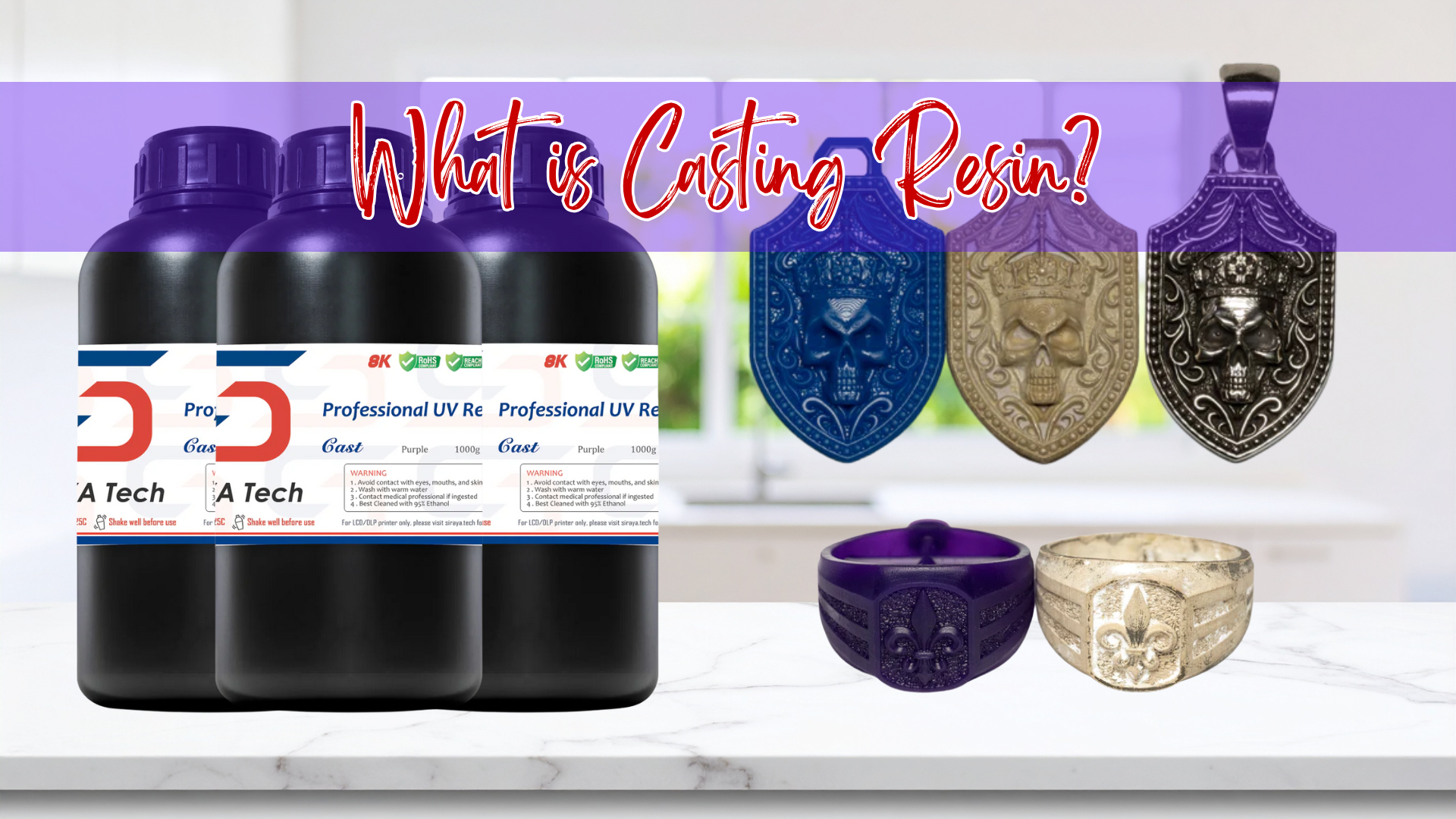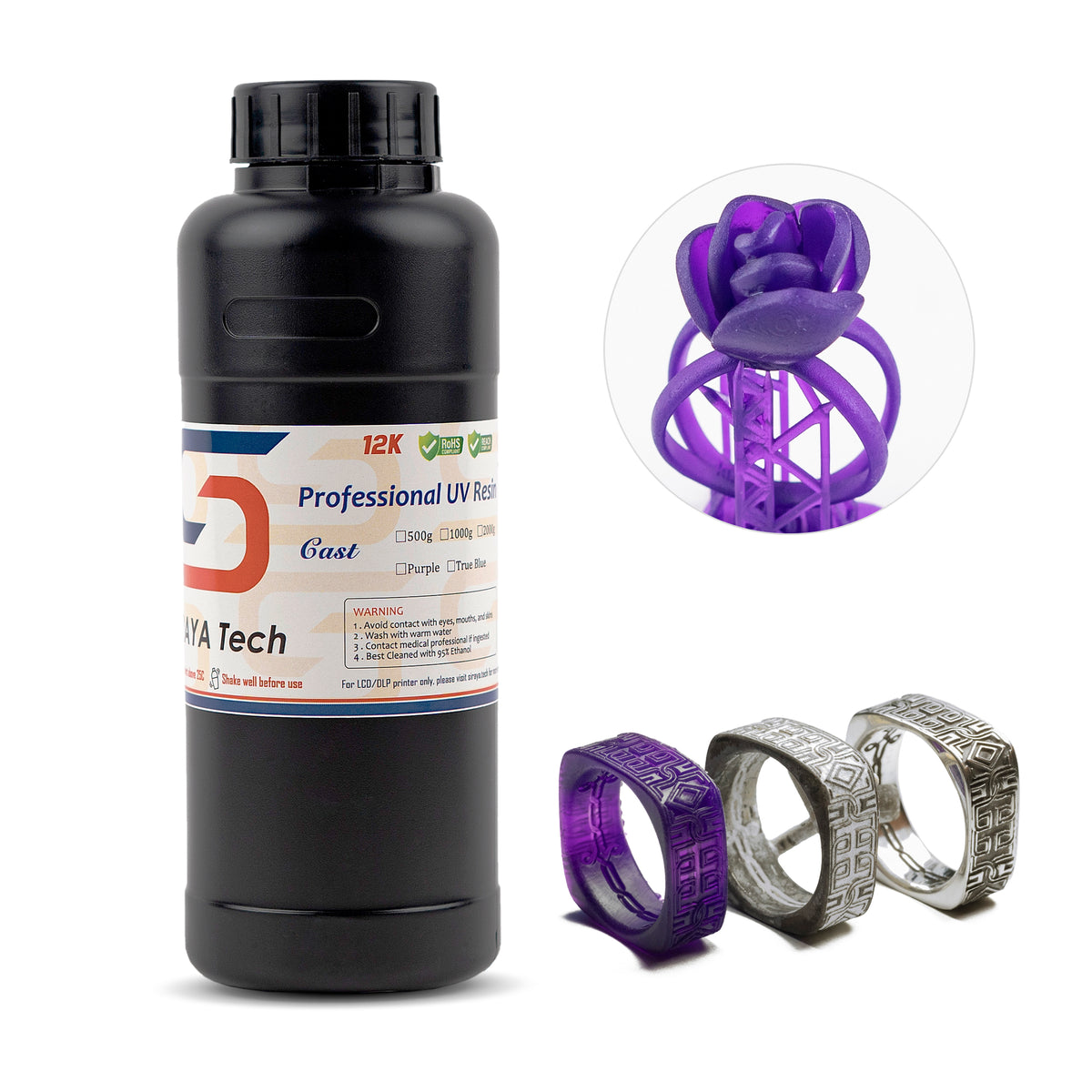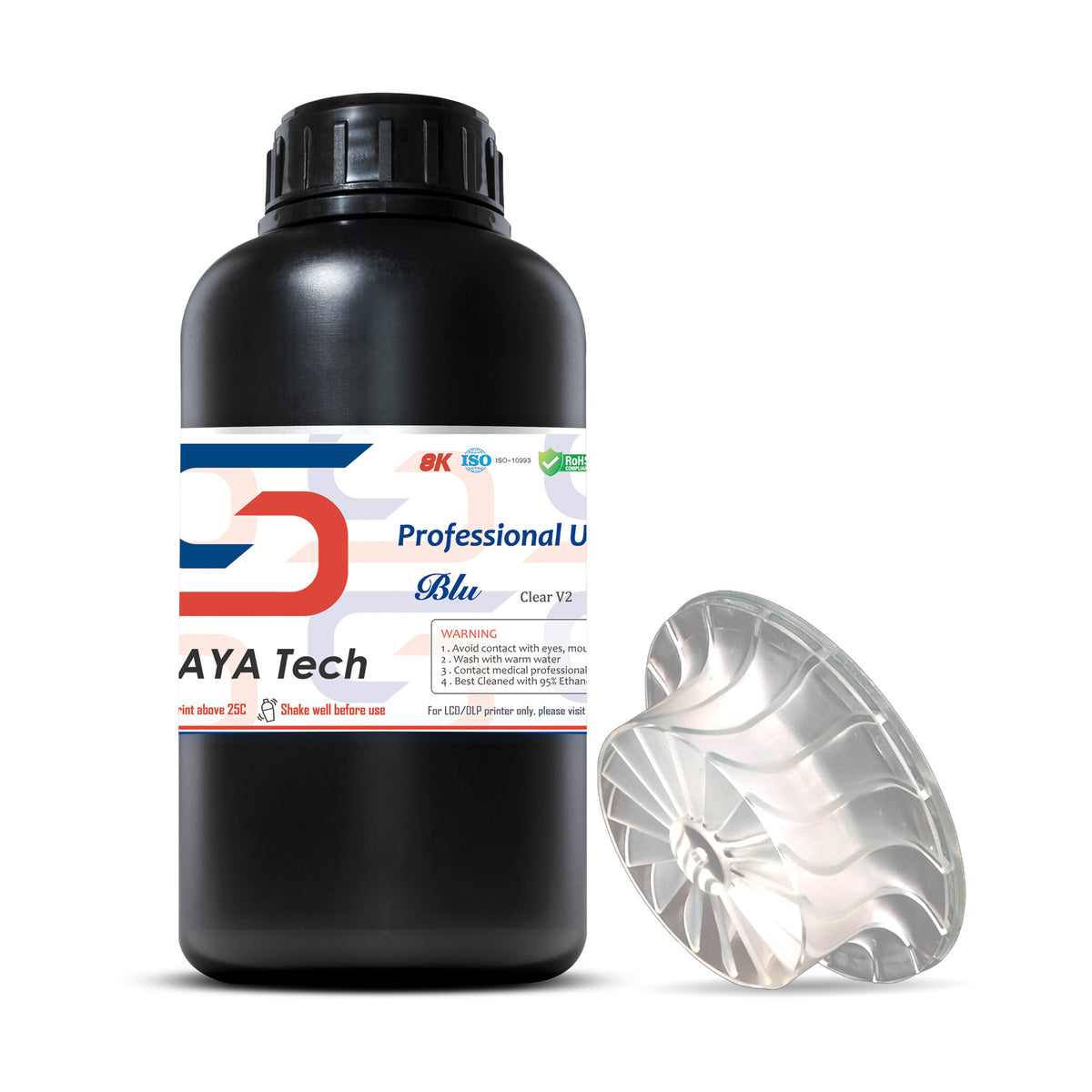Casting resin is one of the most versatile materials used today for creating smooth, detailed, and durable designs.
Whether you’re printing intricate models or making custom art pieces, understanding how casting resin works can help you take your projects to the next level.
This material is popular in 3D printing, jewelry making, and crafts because it captures fine details and produces a professional finish.
Keep reading to discover how casting resin can transform your creative ideas into reality.
What Is Casting Resin? Understanding the Basics
Casting resin is a liquid plastic that hardens into a clear, solid shape when mixed with a curing agent. It’s commonly used in 3D printing, jewelry making, and crafts to produce smooth, detailed, and durable results.
This material is loved for its ability to capture fine details and create a glossy, glass‑like finish. Makers and professionals alike use it to produce everything from decorative art to high‑precision prototypes.
How Does Casting Resin Work?
Casting resin works through a process called curing, where a chemical reaction turns liquid resin into a solid. When you mix resin with a hardener, it starts to thicken and eventually hardens completely.
In 3D printing, this curing process often happens with UV light, which hardens each thin layer until the model is complete.
📌 If you want to understand how this process connects with 3D printing technology, check out How Does 3D Printing Work to learn more about how printers bring digital designs to life.
Different Types of Casting Resin and Their Uses
There are several types of casting resin, and each one serves a different purpose. Knowing the difference helps you choose the right material for your project.
- ✅ Epoxy Casting Resin: Clear, durable, and ideal for deep pours, jewelry, and art pieces.
- ✅ Polyurethane Casting Resin: Cures quickly and is perfect for prototypes or small production parts.
- ✅ Polyester Casting Resin: Affordable and great for large molds or sculptures, though it can be tricky for beginners.
📌 If you’re interested in jewelry‑making, don’t forget to browse Unveiling Brilliance: A Comprehensive Guide to the Best Castable Resins for Jewelry to discover which resins give your creations a professional shine.
How Casting Resin Is Used in 3D Printing

In 3D printing, casting resin (often called castable resin) is used to create detailed models that can later be turned into metal, silicone, or other materials. The process involves several key steps:
- ✅ Printing the model with a resin 3D printer.
- ✅ Cleaning and curing the printed piece to harden it fully.
- ✅ Creating a mold around the print using investment material.
- ✅ Burning out the resin to leave a hollow mold.
-
✅ Pouring in metal or silicone to produce the final product.
This method is commonly used for jewelry, dental models, and engineering prototypes.
📌 If you’re new to resin printing, check out Navigating Through Your First Castable Resin Project: Tips and Tricks for an easy step‑by‑step guide to get started confidently.
Casting Resin vs Regular Resin: What’s the Difference?
Although both are types of resin, they serve different purposes. Casting resin has a thinner consistency, which allows it to flow easily into molds and capture fine details.
Regular epoxy resin is thicker, making it better suited for coating surfaces rather than filling molds.
If you plan to make deep pours or large 3D printed molds, casting resin is the better choice because it cures slowly and helps prevent bubbles.
What Can You Make with Casting Resin?
Casting resin can be used for a wide range of creative and practical projects, including:
- ✅ Jewelry and accessories
- ✅ Keychains and decorative items
- ✅ Art pieces and sculptures
- ✅ Functional prototypes and parts
In 3D printing, it’s perfect for producing smooth, detailed prototypes that can be cast into metal or silicone.
You May Shop
📌 If you’re curious about working with silicone in your projects, discover Can You 3D Print Silicone to see how resin and silicone can work together for flexible and creative designs.
How to Use Casting Resin: A Simple Step‑by‑Step Guide
Using casting resin is easy when you follow the right steps. Here’s a simple process to help you get started:
- ✅ Prepare your workspace: Make sure it’s clean, dry, and well‑ventilated.
- ✅ Measure and mix: Combine resin and hardener according to the instructions.
- ✅ Pour slowly: Pour into your mold or printed model to reduce air bubbles.
- ✅ Let it cure: Allow the resin to harden completely before removing it from the mold.
-
✅ Finish your piece: Sand, polish, or paint your creation as needed.
Taking your time with each step helps ensure your final project comes out clear, smooth, and strong.
Tips for Getting the Best Results with Casting Resin

With a few simple tips, you can make your resin projects look professional:
- ✅ Mix slowly to reduce bubbles.
- ✅ Use warm temperatures for smoother curing.
- ✅ Avoid moisture, which can cause cloudiness.
- ✅ Always wear gloves and work in a ventilated space.
By following these tips, you’ll get clear, bubble‑free results every time.
Common Problems When Working with Casting Resin
Even experienced makers run into challenges with resin. Here are some common issues and how to fix them:
- ✅ Bubbles: Pour slowly and use a heat gun or torch to remove them.
- ✅ Sticky surface: Caused by incorrect mixing ratios; measure carefully.
- ✅ Soft spots: Let your resin cure longer or ensure it’s mixed completely.
- ✅ Yellowing: Store resin away from sunlight and heat.
Learning from small mistakes will help you improve with every project and achieve professional‑quality results.
Safety Tips When Using Casting Resin
Safety is key when working with resin. Always:
- ✅ Wear gloves, goggles, and long sleeves to protect your skin and eyes.
- ✅ Work in a well‑ventilated area to avoid breathing in fumes.
- ✅ Dispose of leftover resin and containers properly.
- ✅ Keep materials away from children and pets.
Good safety habits help you enjoy your projects without worry.
Conclusion
Casting resin is an amazing material that opens up endless creative possibilities, especially when combined with 3D printing.
Now that you know what is casting resin, you can start experimenting with your own designs and projects.
For more helpful guides and tips about casting resin and 3D printing, visit Siraya. They also offer high‑quality products like 3D printing filaments, resins for 3D printing, and platinum silicone crafting materials to help you bring your ideas to life with professional results.
Frequently Asked Questions About Casting Resin
What is the difference between resin and casting resin?
Regular resin, like epoxy, is thicker and used for coatings or small surface applications. Casting resin is thinner, making it ideal for filling molds and creating detailed shapes. It also cures slower, which helps prevent bubbles and cracks.
Does casting resin get hard?
Yes, casting resin hardens completely after curing. The result is a strong, durable plastic that can be polished or painted. The hardness depends on the resin type and the curing conditions.
Can you reuse casting resin?
Once casting resin cures, it can’t be melted or reused. However, you can reuse molds and leftover mixed resin for small test projects or samples.
Is resin casting hard to learn?
Resin casting is easy to learn with practice. Start with small projects and follow instructions carefully. Once you understand how resin behaves, you can take on larger and more creative designs.
Can you use PLA for casting?
Yes, PLA can be used to make molds for resin casting. However, it may need a release agent or coating to prevent the resin from sticking to it.
What should you not cast in resin?
Avoid casting materials that contain moisture, such as fresh flowers or food, as they can cause bubbles or mold growth. Always dry or seal items before embedding them in resin.



